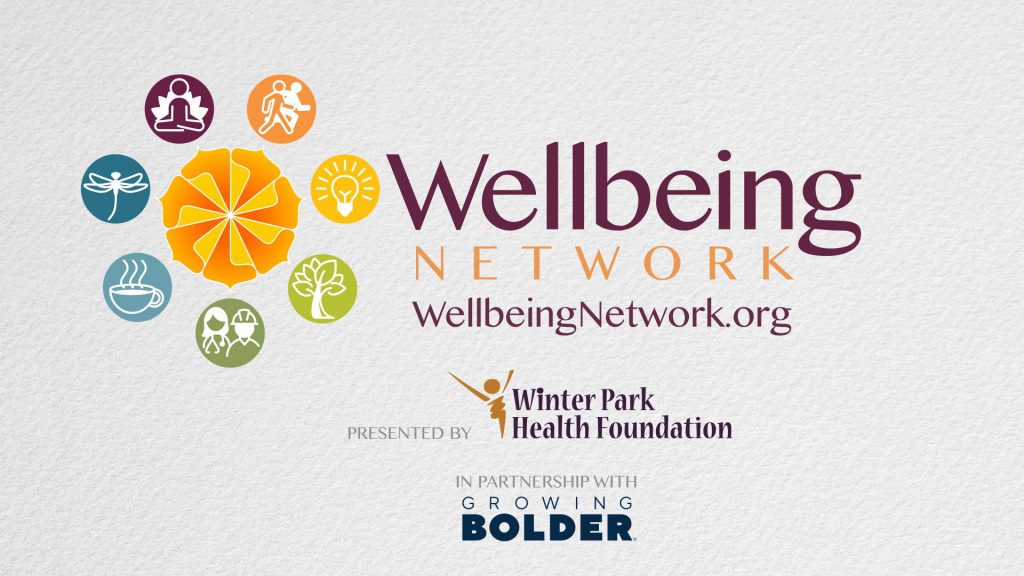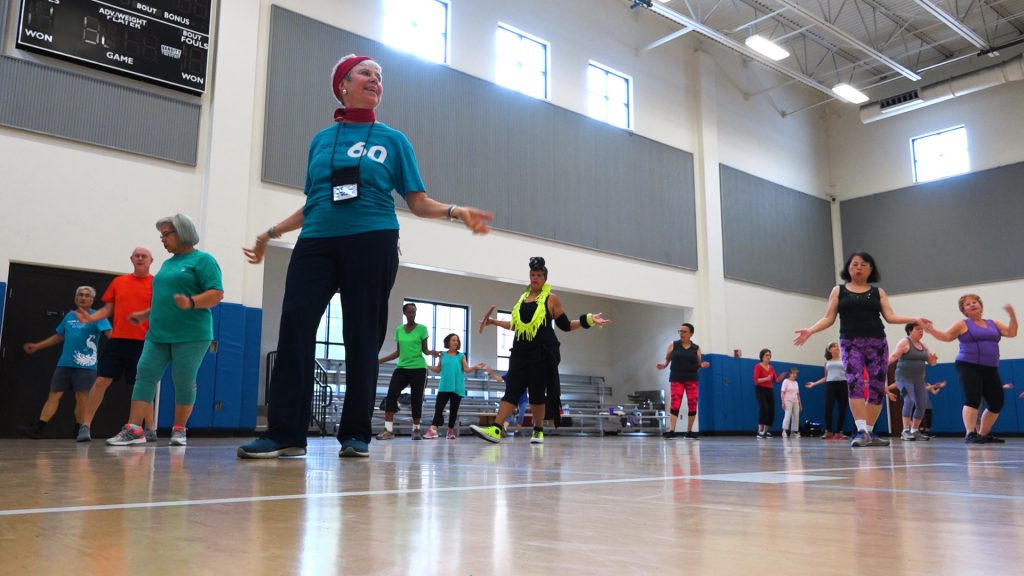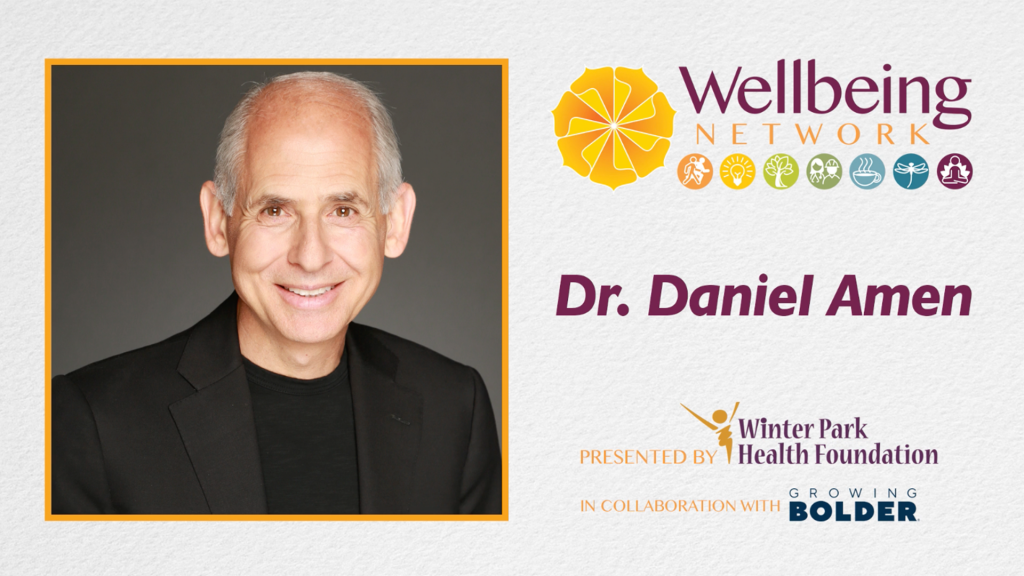May is Stroke Awareness Month: This Book Explores Stroke Recovery and Resilience
Posted May 24, 2021 | By admin

When I met Bill Torres in 2017, it was impossible to tell that he’d had a massive stroke a decade earlier. There was no lingering limp, no slurred speech, no telltale curl to his fingers. Back then, my knowledge of stroke was limited to the key messages that the American Stroke Association circulates each May for Stroke Awareness Month.
I was familiar with the acronym FAST, used to remind people that symptoms like Face drooping, Arm weakness, and Speech difficulty mean that it is Time to call 911. I knew that rapid respond to stroke symptoms is key to recovery. Research from UCLA found that over 2 million brain cells are injured every minute during an acute stroke, meaning that “time lost is brain lost.”
What I wanted to learn, however, was how someone like Bill managed to thrive as both a stroke survivor and advocate. Post-stroke, Bill created his own website and began traveling around Southern California to share his experiences with others. In our book, Falling in Love with the Process: A Stroke Survivor’s Story, Dr. Patricia Geist-Martin and I interview Bill, his healthcare providers, his friends, and fellow stroke survivors to better understand human resilience in terms of both our brains and our minds.
Resilience and Your Brain
During stroke, blood vessel blockages prevent oxygen from reaching the brain, injuring neurons and causing physical and cognitive challenges. As a professor who teaches and studies communication at Rollins College, aphasia is the stroke-related challenge that most fascinates me. Damage to centers of the brain responsible for language, including the Wernicke’s area and the Broca’s area, impair your ability to understand and/or use language.
Aphasia can have devastating consequences for a person’s ability to form and maintain meaningful relationships with friends and loved ones. Bill described one couple he worked with, John and Marsha, who called him for help because they were on the verge of divorce. The problem: every time John asked for salt at the dinner table, Martha gave him ketchup. John was experiencing anomic aphasia—in his mind, “ketchup” meant salt. He and his wife were literally on different (brain)wavelengths.
Similarly, stroke survivors might find it especially hard to adjust to emotional lability. Brain damage can impair a person’s ability to regulate their emotions, causing them to laugh or cry uncontrollably and, sometimes, for no reason at all. In Falling in Love with the Process, we interview a young man named Russell about his stroke experience. Russell struggled to embrace his new emotional self after years of being told that real men don’t cry. Until, that is, he realized that he and his guy friends finally had an excuse to talk through their emotions!
The brain is a remarkably resilient organ. Occupational, recreational, and speech therapy are designed to encourage neuroplasticity, the brain’s capacity to re-organize neural networks and create new pathways—or synapses—between brain cells. However, recovering physical and cognitive functioning to the extent that Bill did requires a lot of work. Bill described months of trying to tap a toe to his favorite song or insert a key into a lock. Stroke recovery is not just about resilience of the brain—it’s about resilience of the mind.
Resilience and Your Mind
What are the patterns of thinking and communicating that allow us to be resilient in the face of trauma? Answering this question meant that my co-author and I needed to write a book that not only captured Bill’s stroke story, but also his life story. We write about his childhood during the Great Depression and the start of World War II, his adventures as a teacher in Venezuela and as a man-about-town in Maui, his career as a traveling salesman, and his stint helping to source and sell equipment for the then-new sport of racquetball. Bill’s life story is filled with hilarious chance encounters with celebrities (Susan Sarandon, Mohammad Ali, Frank Sinatra, Fred Astaire) and with meaningful memories of life-long friends.
Bill’s life story reveals that the groundwork for a resilient mindset post-stroke is laid well before the first neuron dies. A resilient mindset emerges from a set of habits that help a person to bounce back from any life challenge. University of South Florida’s Dr. Patrice Buzzanell and colleagues have theorized about the central role of communication in cultivating resilience.
The Communication Theory of Resilience illuminates some habits of resilient people, including:
- Creating a new normal. Resilient people find ways to re-establish a sense of routine in the wake of traumatic change.
- Staying connected. Resilient people reach out to their social networks rather than withdrawing from others during periods of struggle. Friends motivated Bill to keep working at his recovery. At the same time, they accepted his new physical reality and made him feel valued.
- Reaffirming your identity. Resilient people find new ways to pursue their passions. For Bill, being unable to work meant finding new ways to be of service to others. He did this by feeding the ducks at a local park and volunteering with stroke-related organizations.
- Looking for the humor. Resilient people find ways to joke even in tough times. For Bill, this meant singing silly songs with his nurse while trying to recover his speech.
Hopefully, maintaining a healthy lifestyle will help you to avoid stroke. However, cultivating these habits of resilience will help you to promote your intellectual wellbeing—no matter what life throws at you!
About the Author

Sarah Parsloe is an assistant professor in the department of Communication at Rollins College in Winter Park, Florida, where she teaches classes on interpersonal communication, health communication, and public relations. Her research examines the ways in which people make sense of identity threats that arise from experiences of disability and chronic illness, including uncertainty, stigma, and prejudice against people with disabilities (ableism). She is particularly interested in studying the communication processes of (self-)advocacy. Parsloe holds a Ph.D.D in Communication from Ohio University.She has also co-authored a book with Dr. Patricia Geist-Martin entitled Falling in Love with the Process: A Stroke Survivor’s Story.
Take Your Wellbeing a Step Further with These Related Resources from the Wellbeing Network
Learn: Boosting Wellbeing and Resilience
Engage: The Hidden Messages in Your Favorite TV Shows: Uncovering Hollywood, Health and Society
Inspire: Working Hard to Make A Difference



